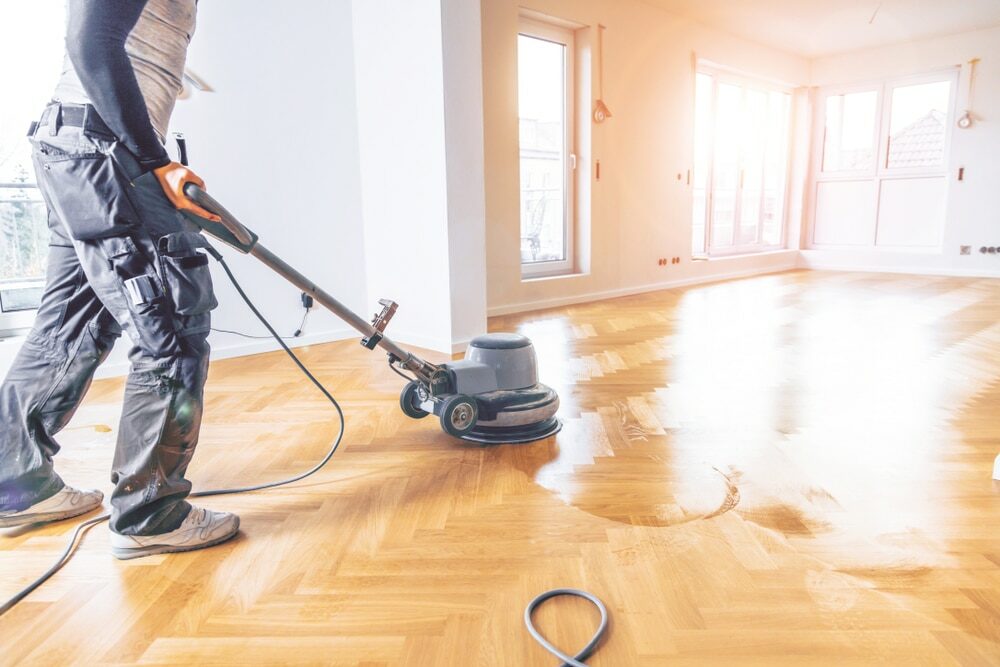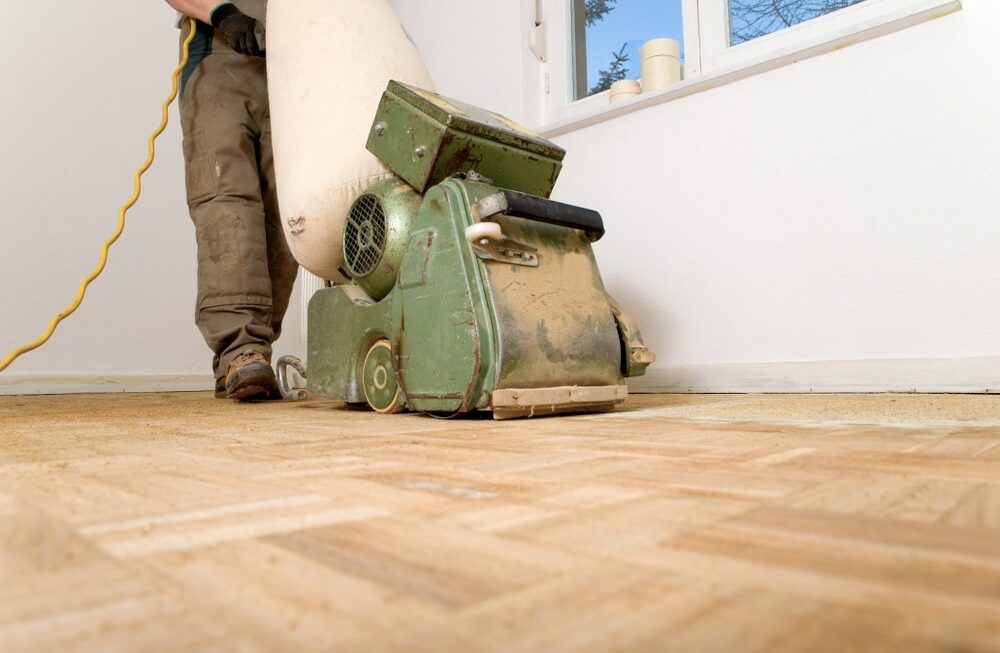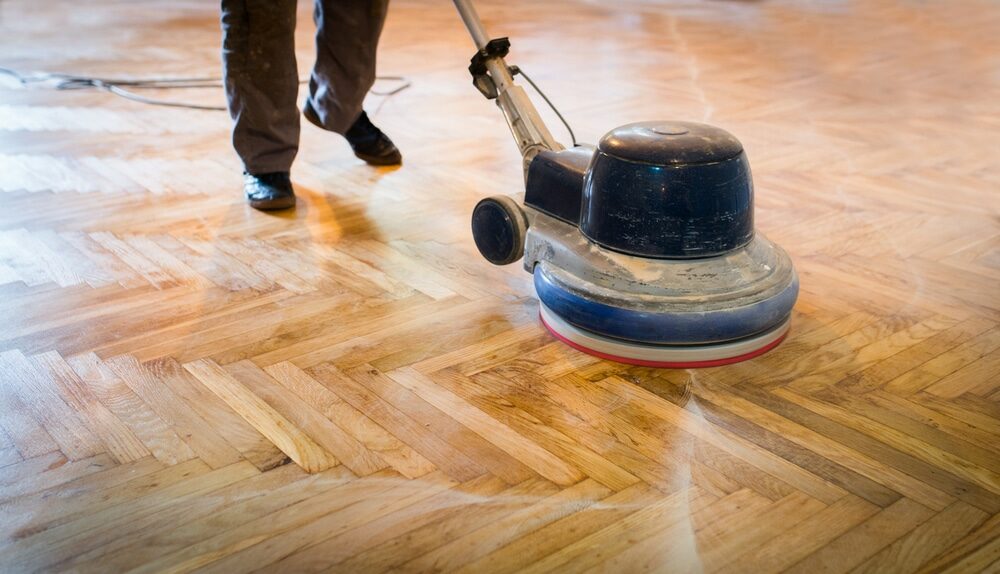London:
Nationwide:
Ensuring Wooden Floor Safety: Comprehensive Guide & Maintenance Tips
Posted on May 11, 2023
Articles
Wooden Floor Safety: Understanding, Ensuring, and Maintaining
The beauty and charm of a wooden floor are undeniable. Its natural appearance and warmth underfoot, combined with its durability, make it a preferred choice for many homeowners. However, like anything else in your home, it’s essential to understand the safety aspects of your wooden flooring. In this blog post, we will delve into the key factors influencing the safety of your wooden floor, how to maintain it, and how to ensure it remains a secure and attractive part of your home.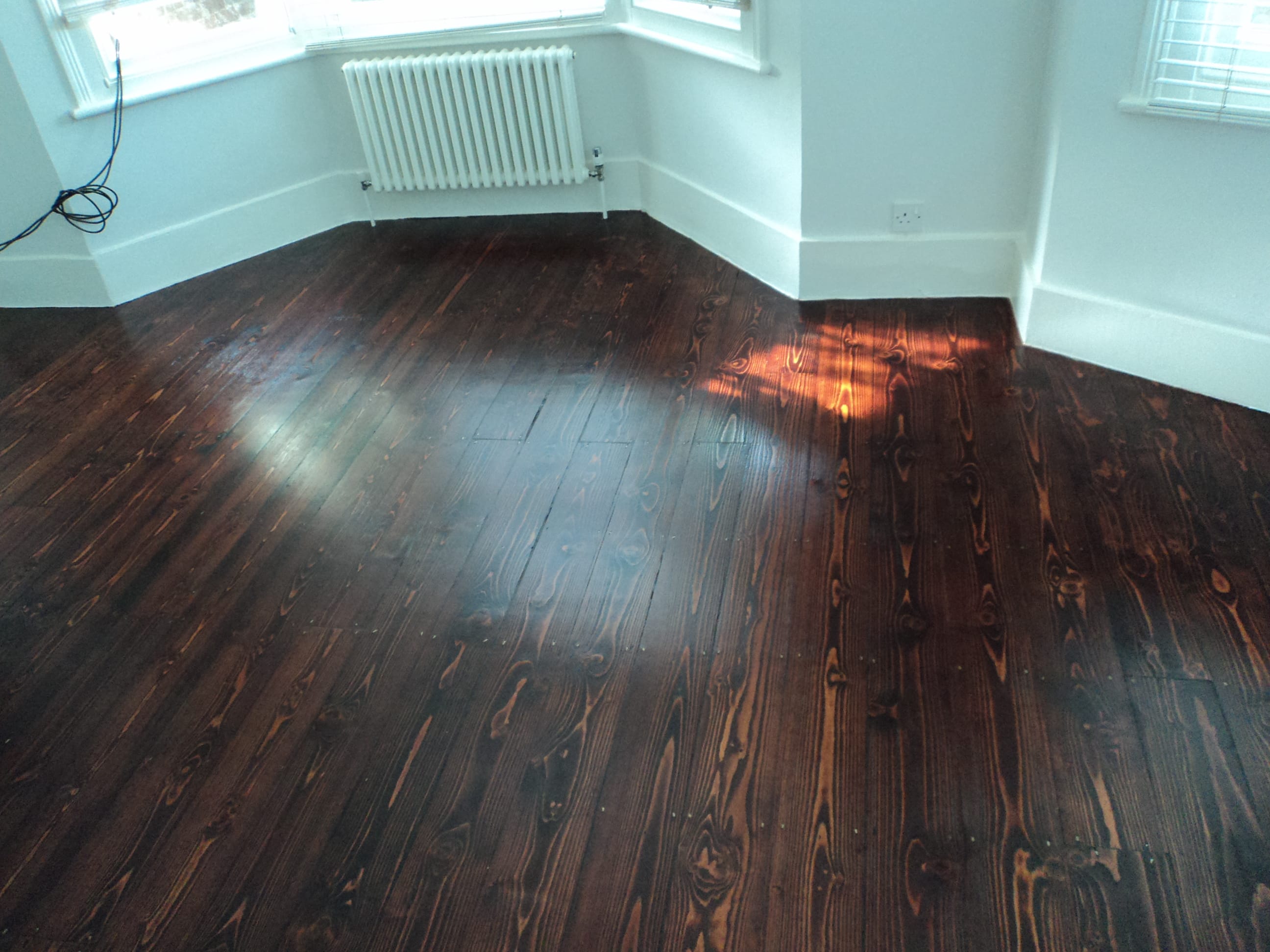
Understanding Wooden Floor Safety
When we talk about the safety of wooden floors, several factors come into play. These include the floor’s stability, the risk of slips and falls, its potential to harbour allergens, and the chemical treatments it may have undergone.Stability
Wooden floors are generally stable and sturdy, providing a solid surface underfoot. However, over time, wooden floors can develop issues that may compromise their stability. These can include warping, buckling, or developing gaps. Such problems can pose a tripping hazard and, in severe cases, can even lead to structural damage in your home.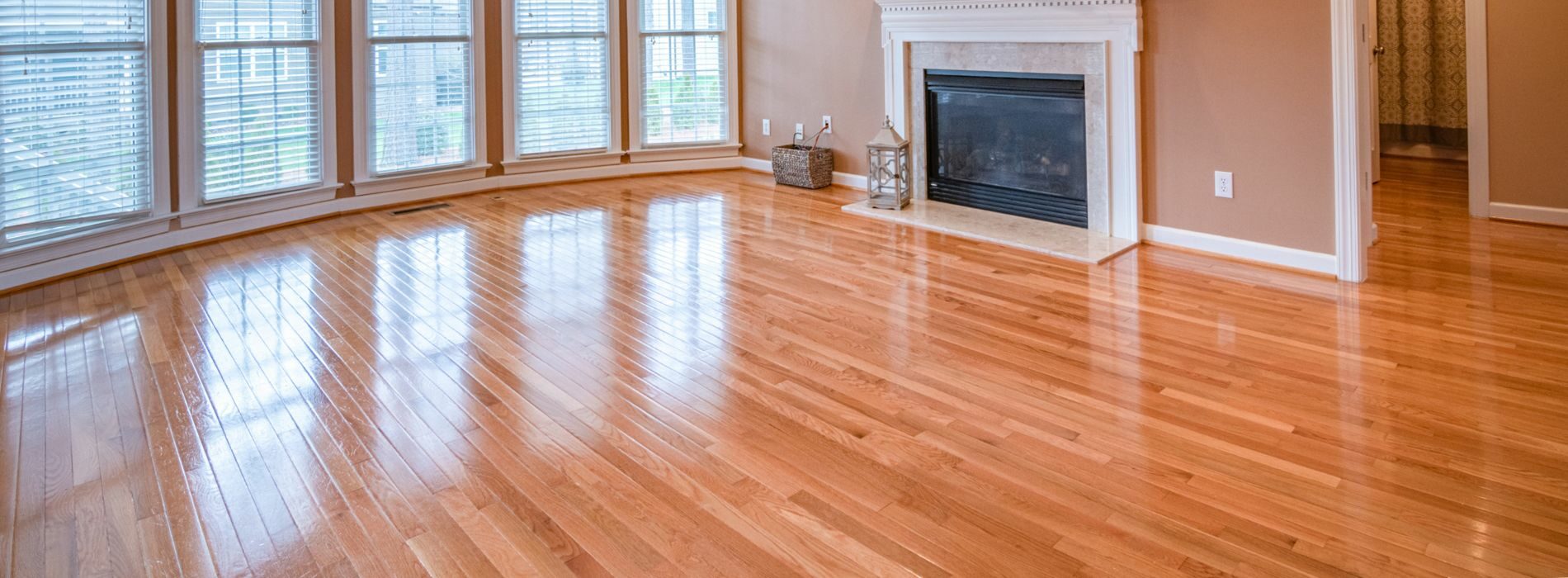
Slipperiness
While wooden floors generally provide good traction, they can become slippery when wet or when polished excessively. This can increase the risk of slips and falls, particularly for young children and older adults.Allergens
Wooden floors are often a healthier choice compared to carpets because they do not trap as many allergens like dust mites, pet dander, and mould. However, if not cleaned regularly, even wooden floors can accumulate dust and allergens.Chemical Treatments
Wooden floors are often treated with chemicals for preservation, colouring, and insect protection. While these treatments typically enhance the floor’s durability and aesthetic appeal, some chemicals can be harmful, especially if they release volatile organic compounds (VOCs) into your indoor environment.Ensuring the safety of your wooden floor
Given these factors, how can you ensure your wooden floor remains safe? Let’s look at some best practises.Regular Maintenance
One of the best ways to ensure your wooden floor remains safe is through regular maintenance. This involves cleaning your floor regularly to remove dust and allergens, promptly addressing any spills to prevent water damage, and ensuring your floor is polished but not excessively so to avoid slipperiness. Regularly inspect your floor for any signs of warping, buckling, or gaps, and address these issues promptly to maintain the floor’s stability.Choosing safe cleaning and polishing products
When cleaning and polishing your floor, choose products specifically designed for wooden floors. Avoid using excess water and steer clear of harsh chemicals that can damage your floor and potentially release harmful fumes. Consider eco-friendly and low-VOC products to ensure the safety of your indoor environment.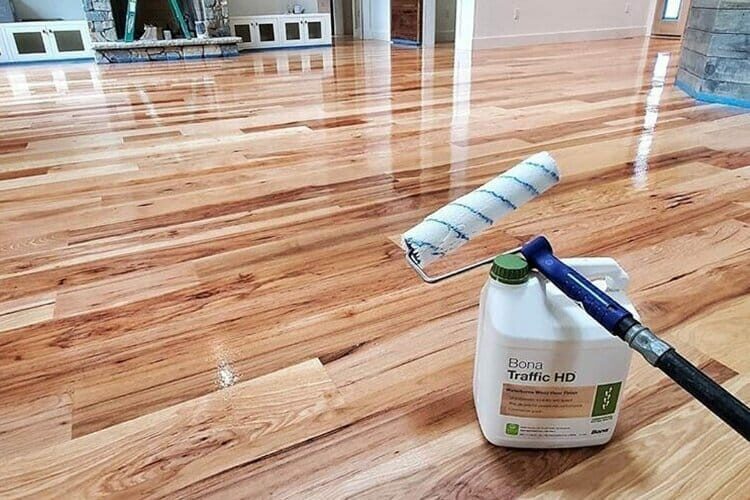
Ensuring adequate ventilation
If your floor has been treated with chemicals, ensure adequate ventilation in your home, especially during and immediately after the treatment process. This can help disperse any harmful fumes and reduce the risk of VOCs accumulating in your indoor environment.Professional Installation and Repair
When installing a new wooden floor or repairing an existing one, consider hiring professionals. They have the expertise to ensure that your floor is installed correctly and safely. Professional installation can prevent issues like buckling and warping, which can compromise your floor’s safety.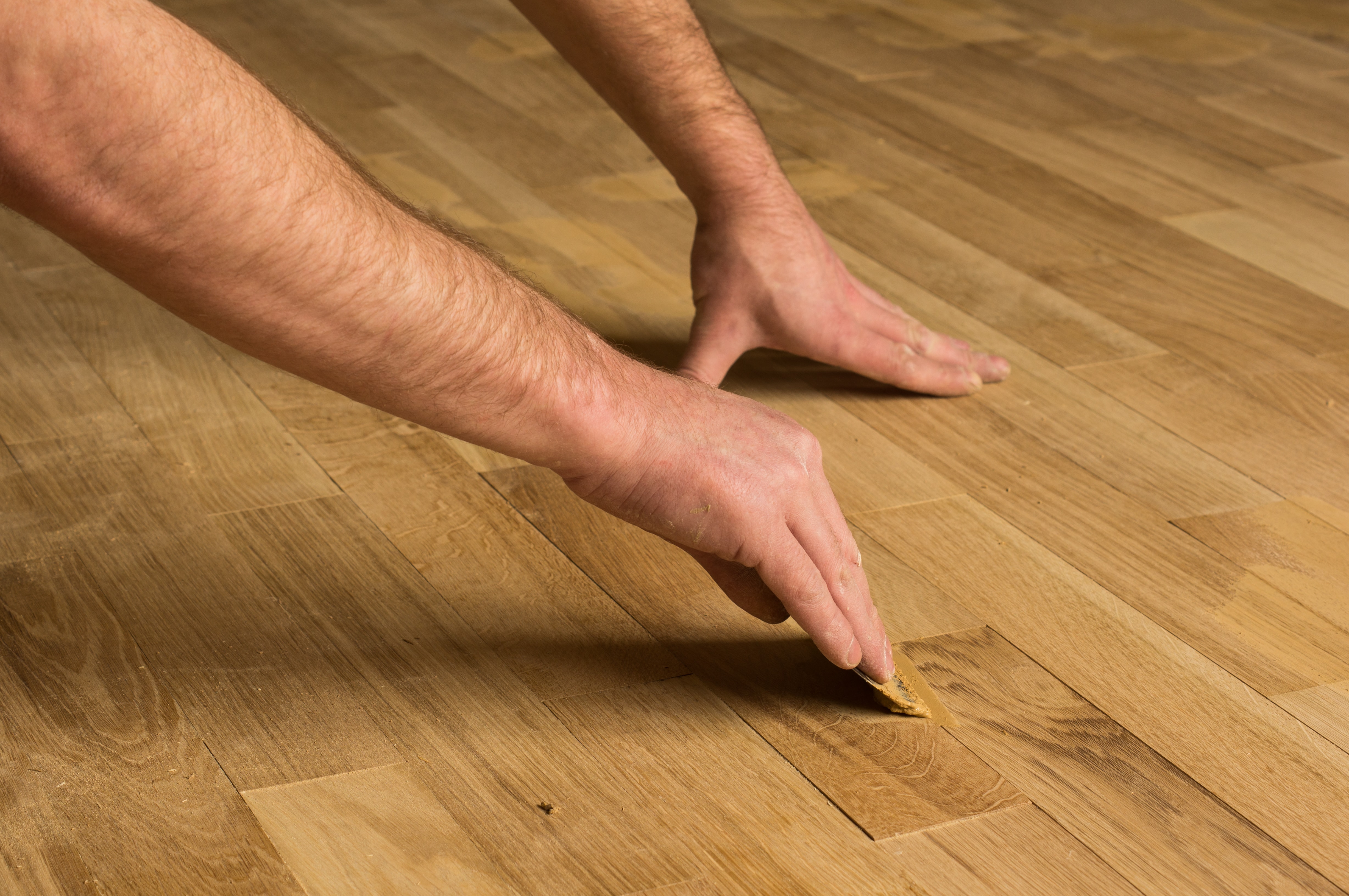
Selecting Safe Wooden Flooring Options
If you’re considering installing a new wooden floor, there are several factors to keep in mind to ensure its safety.Type of wood
Different types of wood have different hardness levels. Hardwoods like oak, maple, and cherry are more resistant to dents and scratches, making them safer and more durable options for high-traffic areas.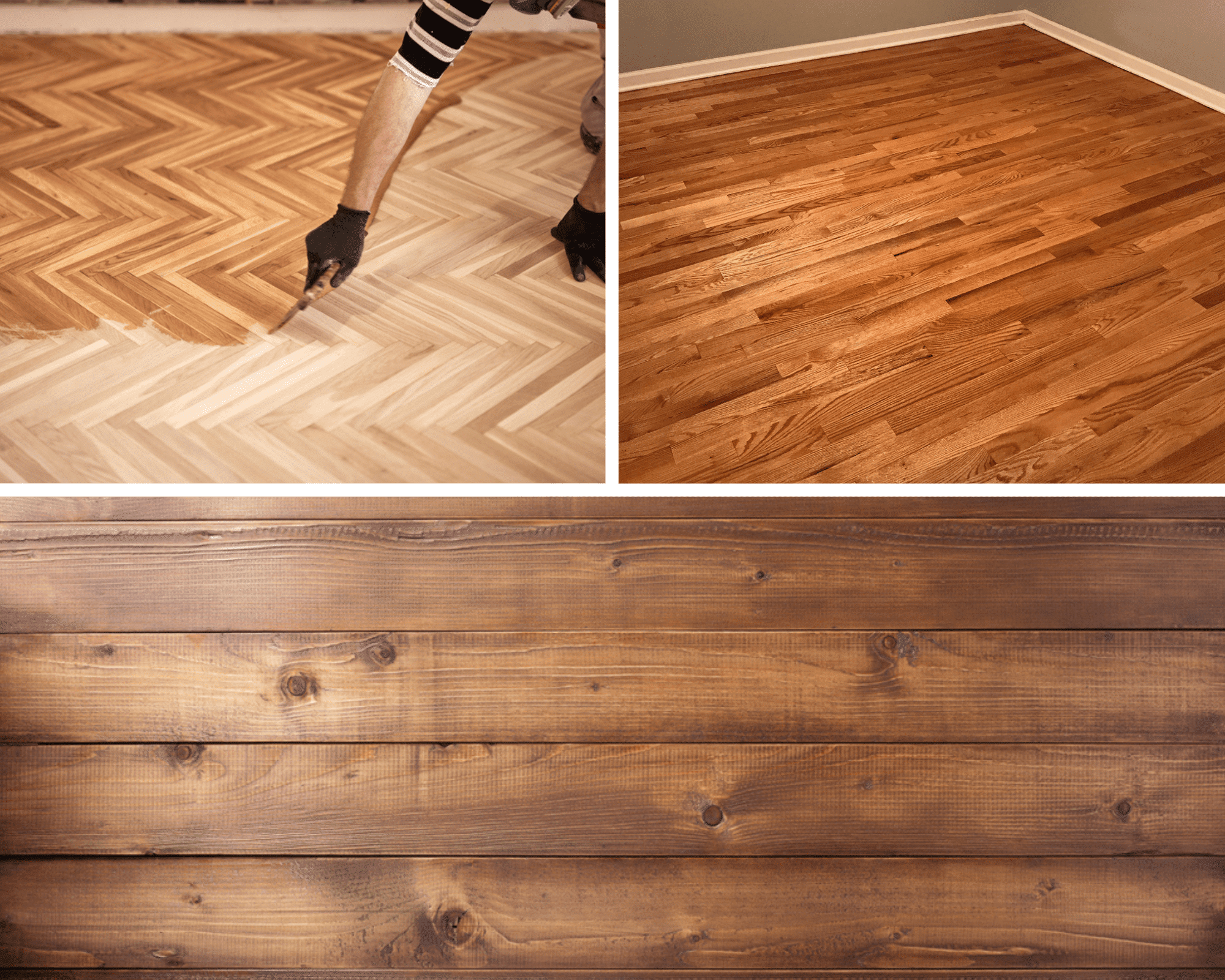
Finish
The finishing of your wooden floor significantly impacts its safety. Prefinished wood flooring is a great option as it undergoes a robust factory-controlled finishing process, resulting in a more durable and longer-lasting finish. Alternatively, site-finished wood allows for a more customised look but requires more maintenance over time.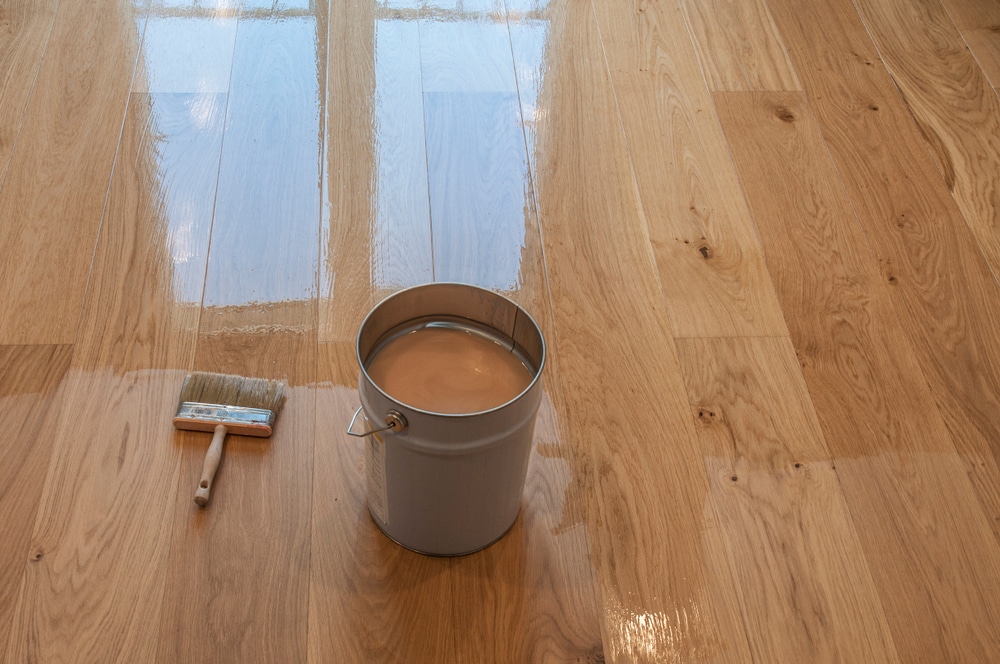
Low-VOC Options
Consider choosing wooden flooring options with low-VOC finishes and adhesives. These options are safer for your indoor environment and can reduce the risk of health issues associated with VOC exposure. Look for products certified by reputable bodies, such as Greenguard Certification, which tests for chemical emissions.Installation
Even the safest wooden floor can become a hazard if improperly installed. Ensure that your floor is installed by experienced professionals to prevent issues like gaps, warping, and buckling. The subfloor should also be adequately prepared to prevent moisture damage.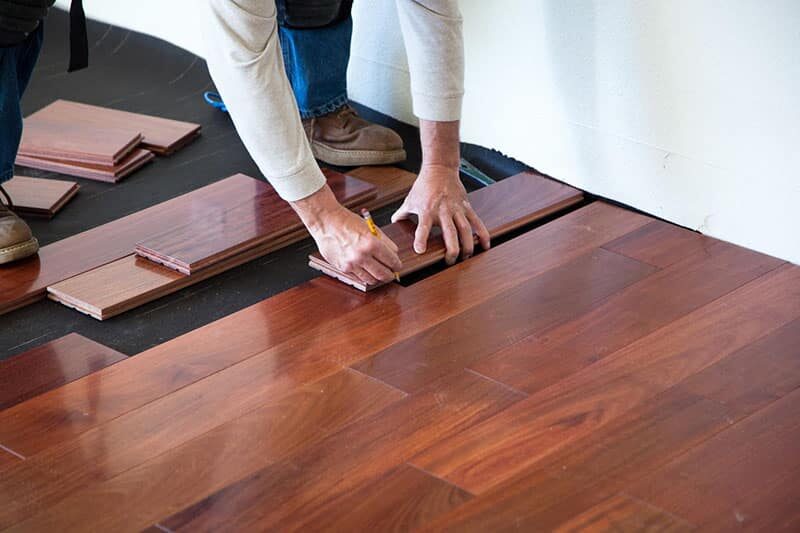
Safety Features
Consider incorporating safety features like non-slip finishes, especially in areas prone to getting wet, like the kitchen or bathroom. For households with young children or older adults, consider adding safety gates and grab bars near the wooden stairs to prevent falls.Conclusion
In essence, the safety of your wooden floor largely depends on the type of wood and finish you choose, how well it’s installed, and how you maintain it. Regular maintenance, including cleaning and polishing, can significantly enhance your wooden floor’s safety. Moreover, choosing low-VOC products, ensuring proper installation, and incorporating safety features can make your wooden floor a safe and attractive part of your home. Wooden flooring is not just about aesthetics; it’s an investment in the comfort and safety of your living environment. By taking the necessary precautions and understanding the safety aspects, you can ensure that your wooden floor remains a cherished and secure part of your home for many years to come. In the world of flooring, wood stands the test of time. It is durable, warm, and gives your home an undeniable charm. So, take the time to understand your wooden floor and give it the care it deserves. After all, a well-maintained wooden floor is not only a sight to behold; it’s also a safe surface for all your cherished family moments.Some Useful Links:
- Floor Sanding Services
- Stairs Sanding & Refinishing
- School Floor Sanding
- Wood Floor Restorations
- Wood Floor Repairs
- Wood Floor Polishing
More from our Blog:
Wooden Floors and Home Gym Workouts: A Comprehensive Guide Wood Floor Sanding and Polishing | Common Questions Answered Unleash Your Floor’s Potential: Wood Floor Sanding, Staining and Restoration Guide Essential Guide to Re-finishing Wooden Floors | Restore Your Floor’s Beauty Wooden Floors vs Carpets: Which Flooring Option Serves Restaurants Best? Unlocking the Benefits of Locking Hardwood Floors
Get more floor restoration advice…
Sanding
We provide virtually dust-free sanding with our continuous belt machinery with mobile extraction units, giving you a safer environment for your family.
Oiling
This organic finish not only adds beauty to your home but also has exceptional water-repellent characteristics, making it easier to clean and maintain.
Waxing
This natural floor finish offers the softest and most mellow appearance – and leaves your floor able to breath.
Buffing
Using soft buffing machines (and hand-polishing where required) will bring a wonderful sheen to your newly-finished floor.
Repairs
We offer a full assessment of your wooden floors to determine what repairs are needed to provide the perfect working surface for the later stages of sanding, staining and sealing.
Restoration
We offer a comprehensive restoration process designed to address floors that are improperly fitted or damaged over time through wear and tear.
Request a fixed price quote for your wood floor restoration now
Simply enter your postcode below to get started.
Services
Wood Floor Sanding Wood Floor Restoration Wood Floor Scratch Repair Squeaky Wood Floor Repair Parquet Floor Sanding Parquet Floor Restoration Commercial Floor Sanding Church Floor Sanding Community Centre Floor Sanding School Floor Sanding Gap Filling Gap Filling with ResinCopyright © Mr Sander®
Privacy & Cookies Terms & Conditions Complaints Procedure Cancellation Rights Sitemap